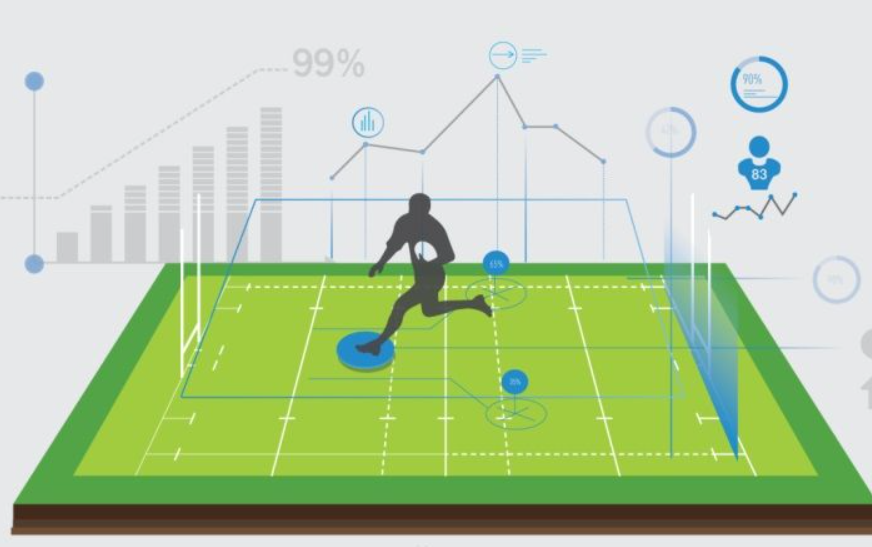In today’s sports world, numbers are everywhere. Passes completed, shots on target, possession percentages, expected goals (xG), heat maps, distance covered — data now shapes every game, every bet, and increasingly, every opinion.
But having access to data doesn’t make you smarter — knowing how to use it does. For sports fans looking to sharpen their edge — especially in betting or fantasy sports — understanding stats like a pro is less about math and more about reading between the numbers.
Numbers Are Not the Truth — They’re the Clues
Let’s get one thing straight: stats don’t predict the future. What they do is show you patterns, tendencies, and potential outcomes. They’re like footprints in the sand — they won’t tell you exactly where a player or team is going, but they reveal how they’ve moved before.
For bettors, this is gold. Not because it guarantees wins, but because it helps filter emotion out of the equation. You’re no longer betting on your gut — you’re betting on trends.
Key Stats That Actually Matter
Not all stats are created equal. Here’s a breakdown of what to watch depending on your angle of interest:
| Stat | Why It Matters | Use It For… |
|---|---|---|
| xG (Expected Goals) | Measures quality of scoring chances | Predicting under/over goal lines |
| Possession % | Shows control but not necessarily threat | Match tempo, not always win chances |
| Big Chances Created | High-impact stat that reflects real threat | Evaluating attacking efficiency |
| Shots on Target | More valuable than total shots | Goal scoring form |
| Interceptions + Tackles | Defensive pressure indicator | Under bets, defensive props |
Understanding these stats helps cut through the noise. A team may have 70% possession, but if they’ve created zero big chances and their xG is 0.4 — that tells you something: all the ball, but no bite.
Context Is King
A stat in isolation is just a number. Context gives it life.
A striker with 5 goals in 3 games sounds hot — until you see all 5 came against relegation teams, and now he’s facing the league’s best defense away from home. A team with high xG might have just had one crazy match skew the numbers.
Professionals look for consistency across different match scenarios. How does a team play at home versus away? Against top 6 opponents? In rainy weather? On short rest? Stats can guide you — but context keeps you grounded.

How to Build a Winning Process
To start thinking like a data-driven pro, it’s not about knowing all the stats — it’s about knowing which stats to follow regularly and building a repeatable approach. Here’s how:
-
Pick a core set of stats – Don’t try to track everything. Stick to 4–6 key metrics per sport that align with your goals (betting, fantasy, scouting).
-
Track trends, not moments – Look at 3–5 game stretches to catch patterns, not one-game anomalies.
-
Use comparison, not just raw numbers – A team with 12 shots per game sounds strong, until you see the league average is 14.
-
Find a reliable source – Sites like FBref, Understat, or WhoScored offer deep data with historical depth and visual insights.
-
Layer in qualitative info – Stats + news + eye test = best decisions. Always factor in lineup changes, tactical shifts, or emotional variables.
The Data Doesn’t Bet for You
It’s easy to fall in love with numbers. But stats don’t make decisions — people do. Knowing when to trust the data and when to step back is part of becoming a sharp bettor or analyst.
And here’s the secret: most casual bettors still go with gut feel. Which means if you’re even moderately disciplined in your stat-reading, you already have an edge.
Whether you’re betting the under, picking a goal scorer, or drafting your next fantasy lineup — the path from data to dollars isn’t about prediction. It’s about preparation.
In the end, the numbers don’t lie — but only if you know how to listen.




